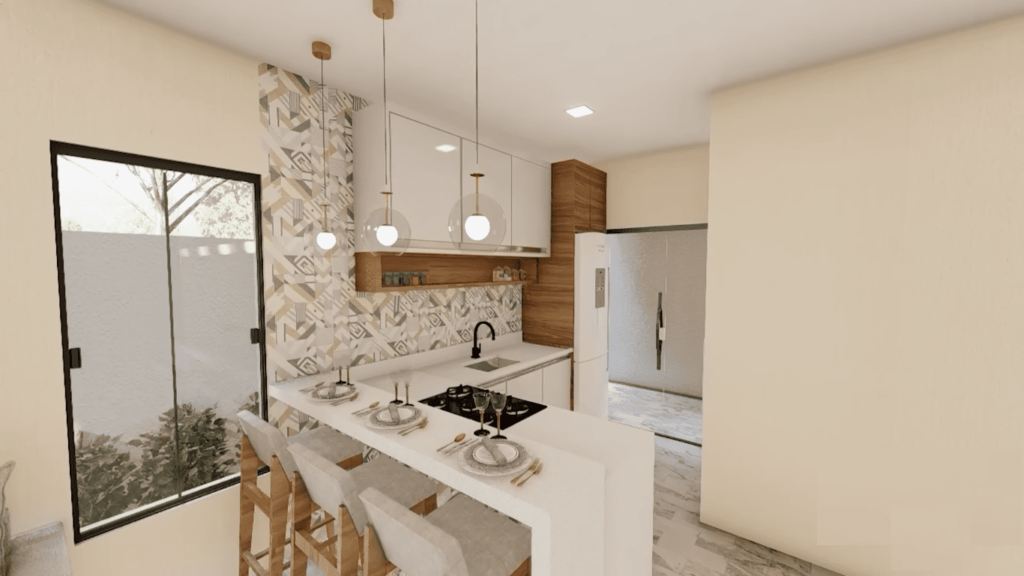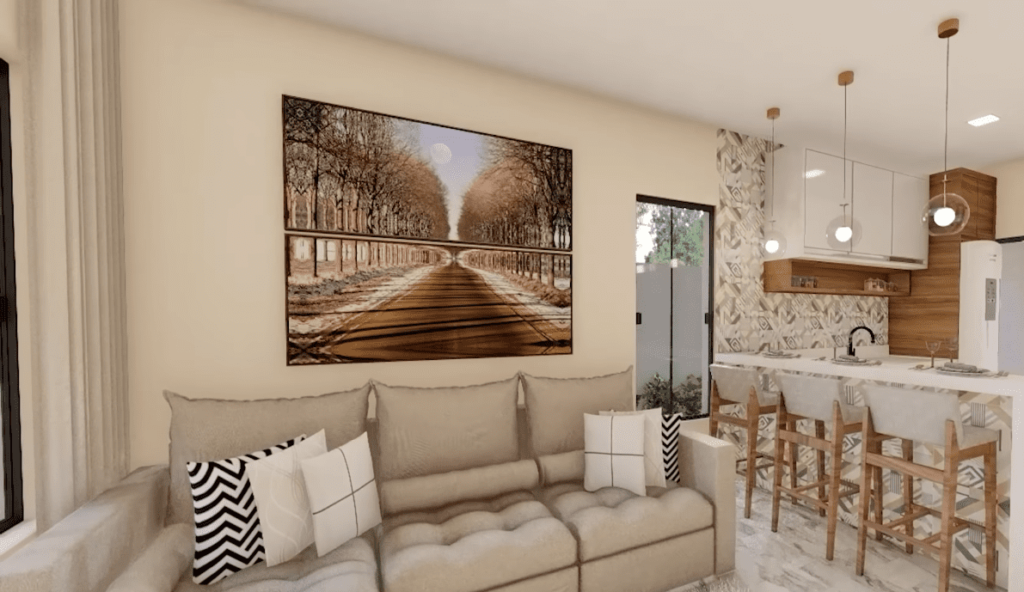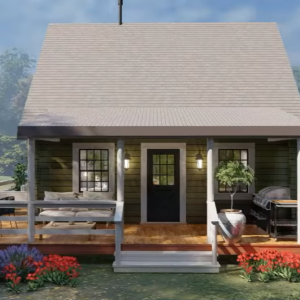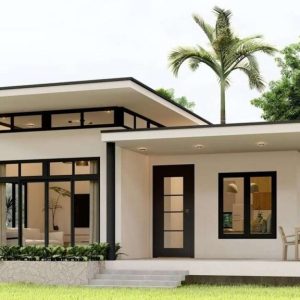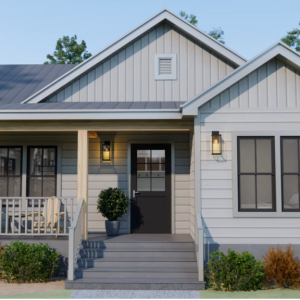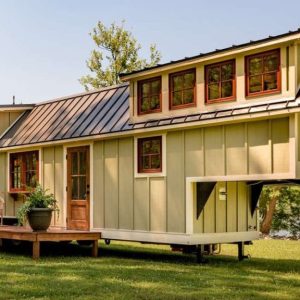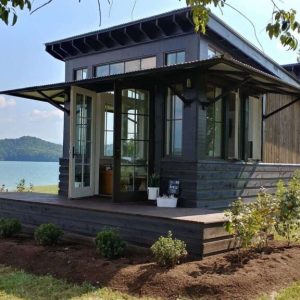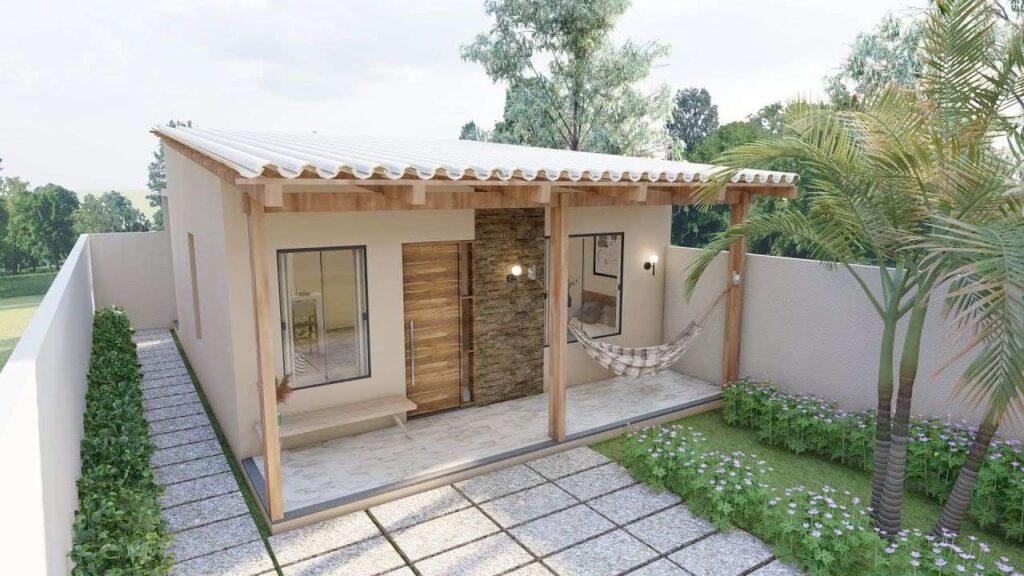
Tiny house design to be built on a small plot of land is attracting increasing attention today. These designs offer solutions suitable for modern lifestyles by combining concepts such as sustainability, minimalism, and practical living spaces. Tiny house designs not only save space but also support an ecological lifestyle when made with energy-saving and environmentally friendly materials.
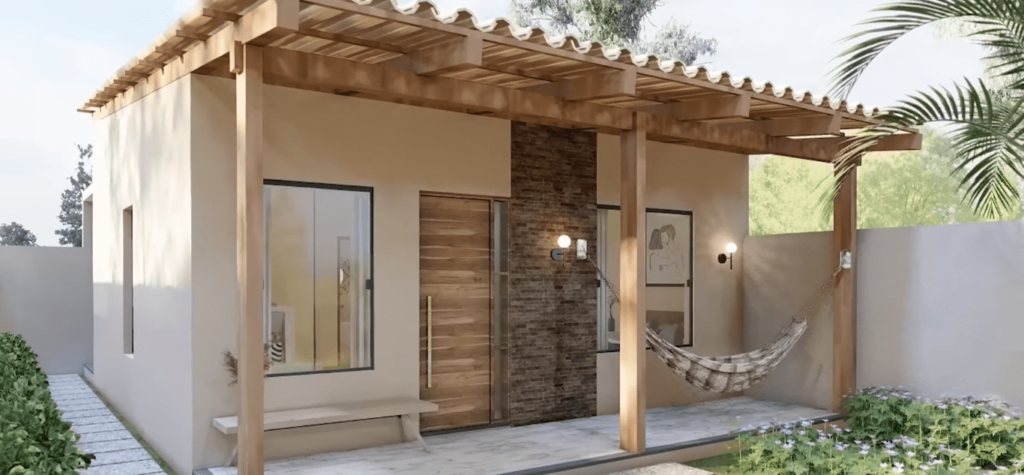
One of the main focuses of a tiny house design is to use limited space most effectively. These designs often stand out with multifunctional furniture, built-in storage solutions, and open-plan arrangements. For example, high ceilings, large windows, and cleverly arranged wall partitions make a small space seem larger and more spacious. Additionally, open kitchen designs and multi-purpose rooms aim to use every square meter efficiently.
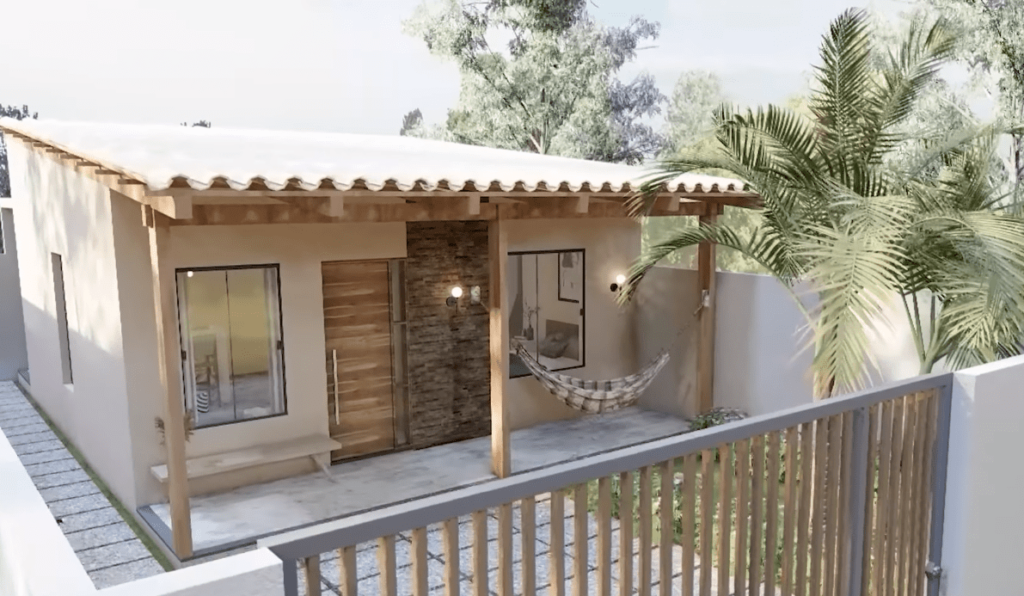
Sustainability is a key element of tiny house designs. These designs often have environmentally friendly features such as solar panels, rainwater harvesting systems, and energy-efficient lighting. It also minimizes the home’s environmental impact by using recycled and natural materials. Thus, tiny homeowners not only manage a smaller space but also adopt a lifestyle that causes less harm to their environment.
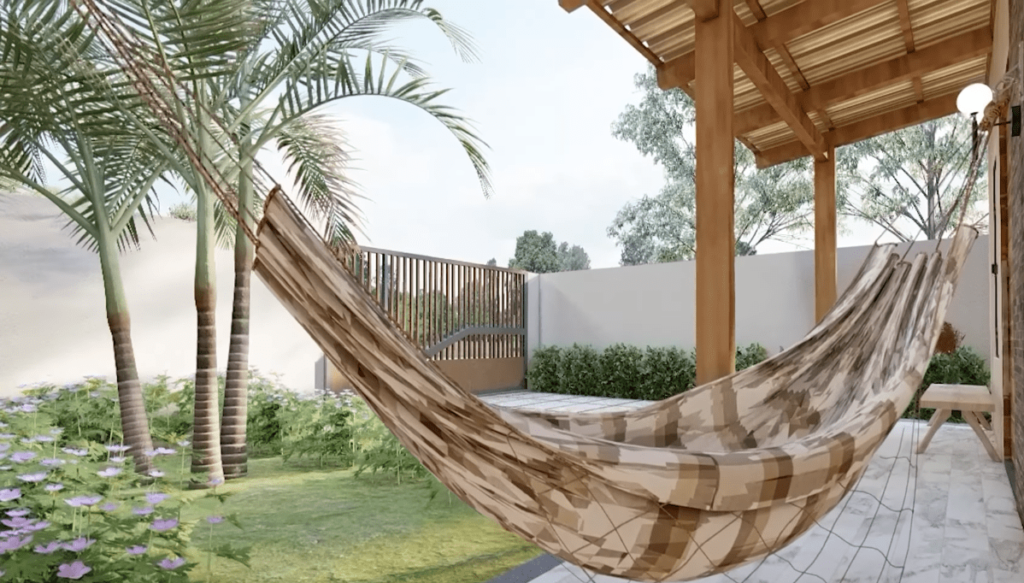
Tiny houses stand out with their functionality combined with a minimalist aesthetic. Simplicity and functionality are at the forefront when choosing furniture and decoration items. At the same time, the interiors of the house offer a larger and more spacious atmosphere with light color palettes and the use of natural light. Cleverly arranged storage units and hidden storage areas make the house look neat.
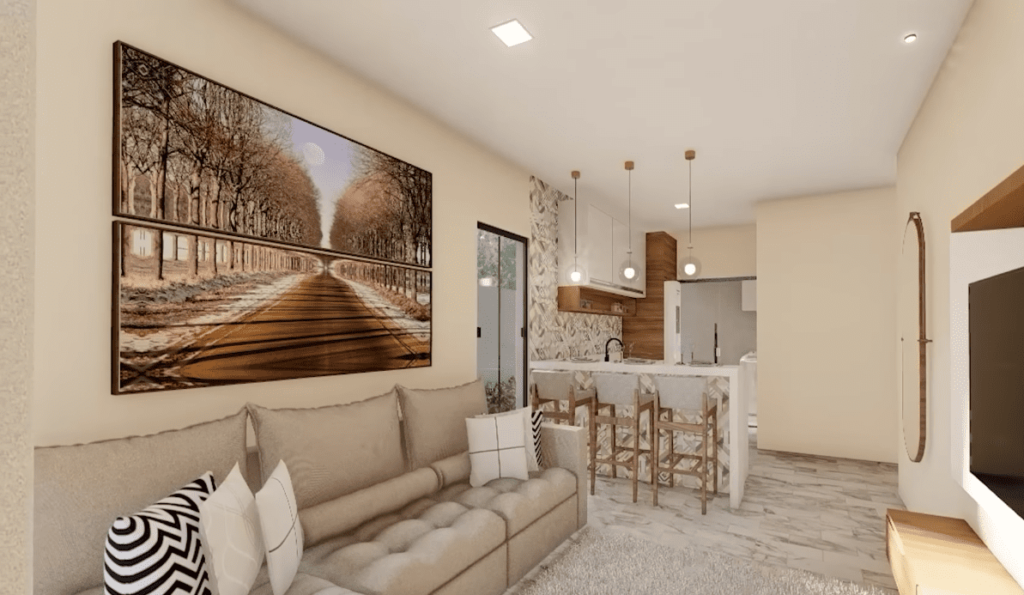
Tiny house designs offer owners less ownership burdens and a lower-cost lifestyle. The potential to save energy and resources both during the construction process and in daily life is one of the factors that make these designs attractive. Additionally, tiny homes often encourage a simpler lifestyle, which for many people can reduce stress and help them focus on the essence of life.
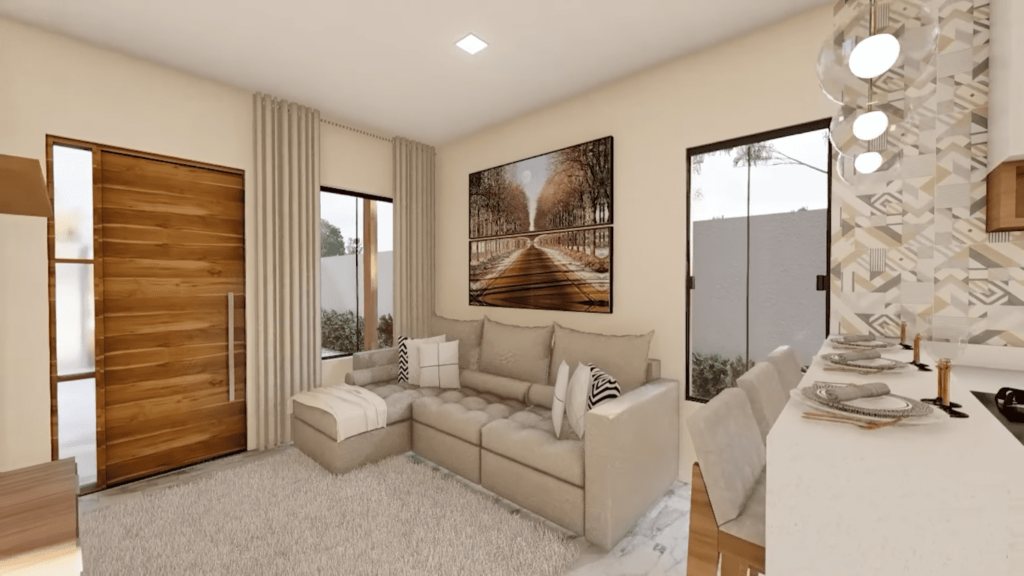
The exterior design of a tiny house is also an important element. These designs generally combine environmentally compatible materials and modern architectural approaches. Simple roof lines, modern siding, and the use of natural materials make the exterior of the tiny house attractive. Additionally, these houses built on a small plot of land are often planned to have outdoor living spaces. For example, a small garden, terrace, or rooftop usable spaces offer owners the opportunity to enjoy the outdoors.
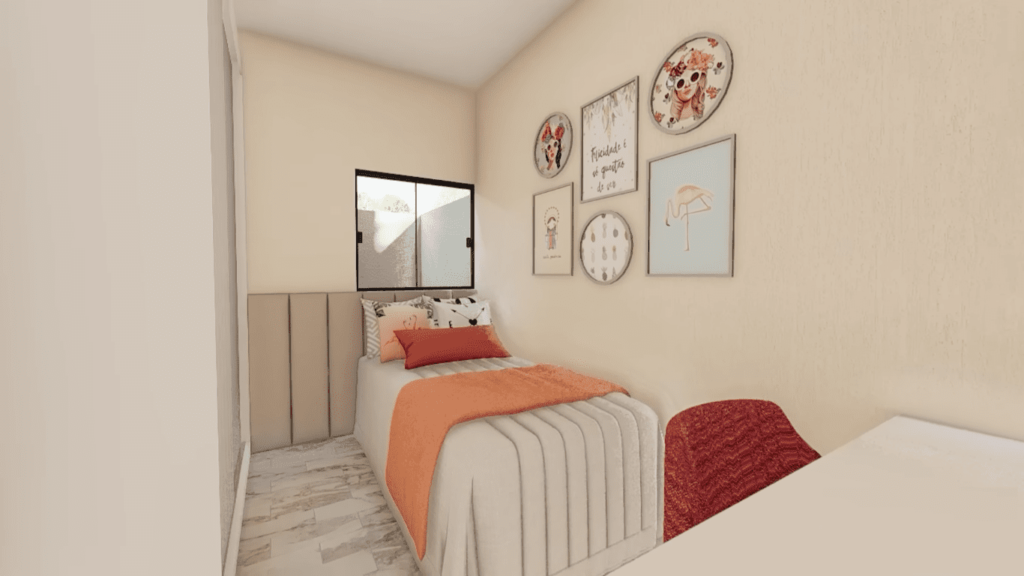
Another advantage of tiny houses is less energy consumption and low operating costs. Heating or cooling a small area is more economical. Additionally, tiny homes integrated with modern technologies such as energy-efficient appliances and environmentally friendly heating/cooling systems save owners money on energy bills in the long run.

Tiny house designs often feature modular structures that allow for personal expression and originality. This modular design approach offers owners the flexibility to customize their homes to fit their needs and lifestyles. For example, many tiny houses include furniture and interior arrangements that can serve different functions and can be easily modified.
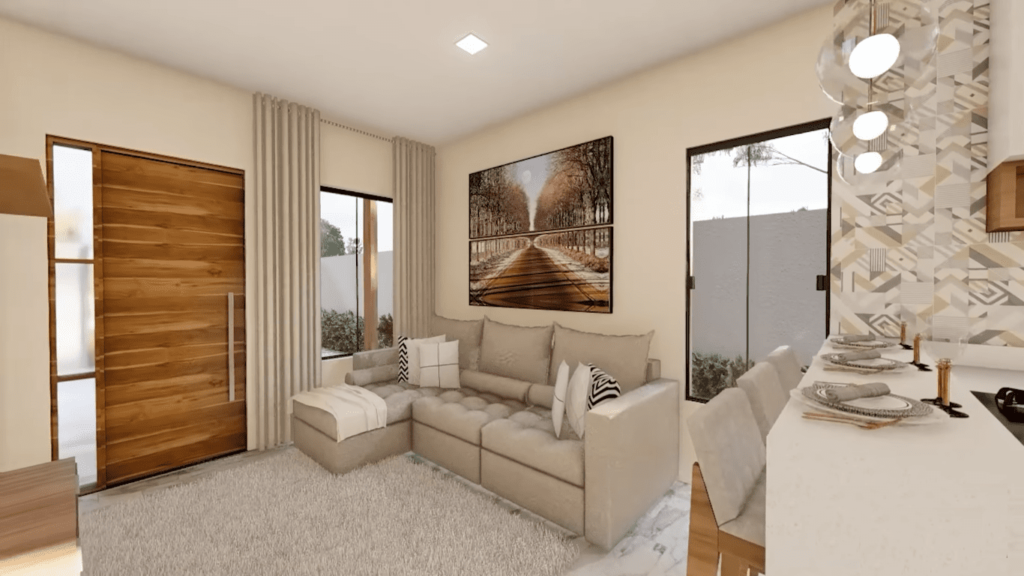


As a result, the tiny house design built on a small plot offers a practical and sustainable solution to the challenges of modern life. These designs make the most effective use of limited space while also encouraging an environmentally conscious lifestyle. With their low costs, energy efficiency, and customization opportunities, tiny houses have become an attractive housing alternative for many people today.


